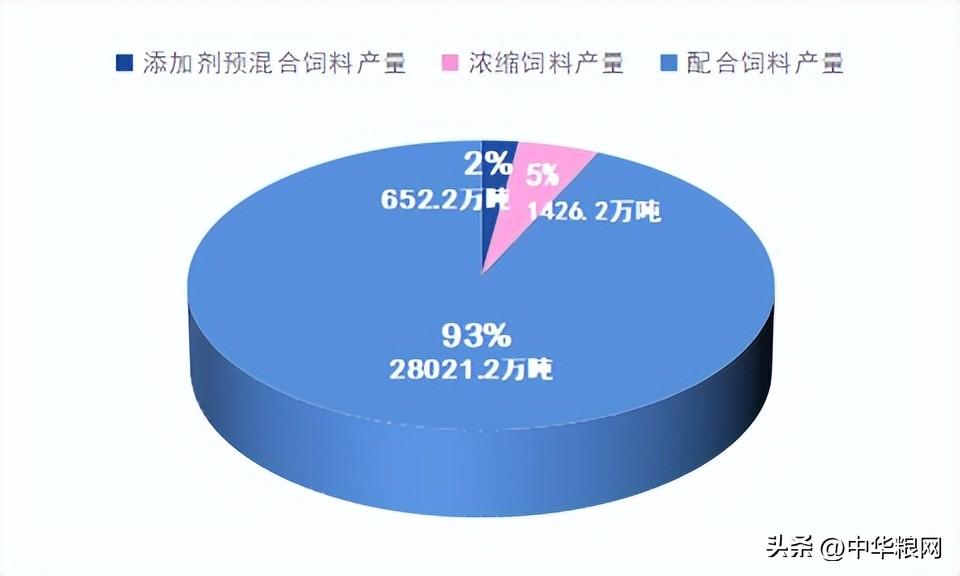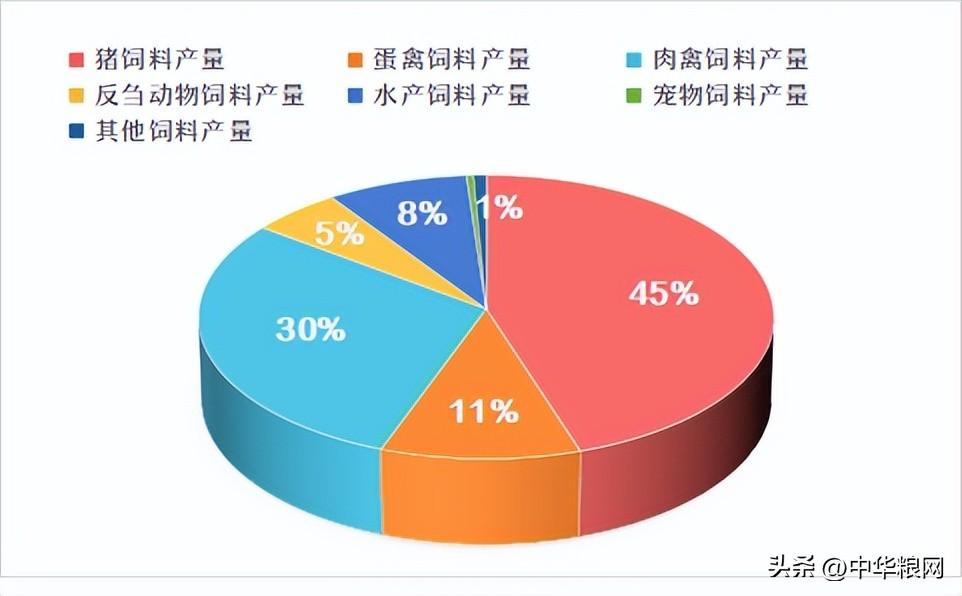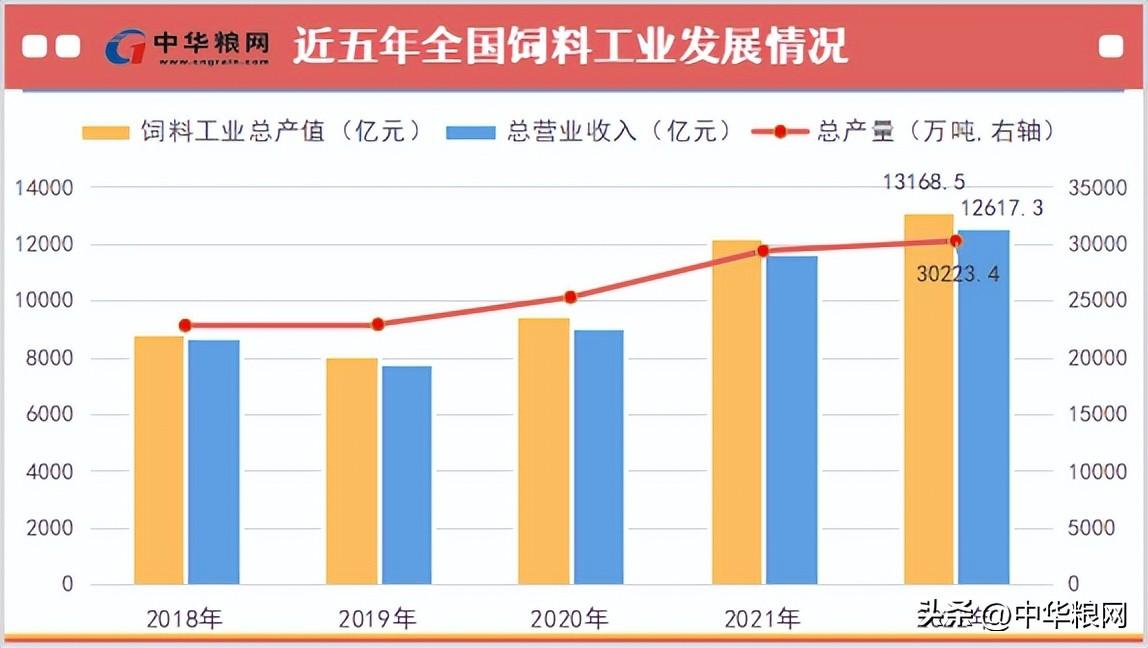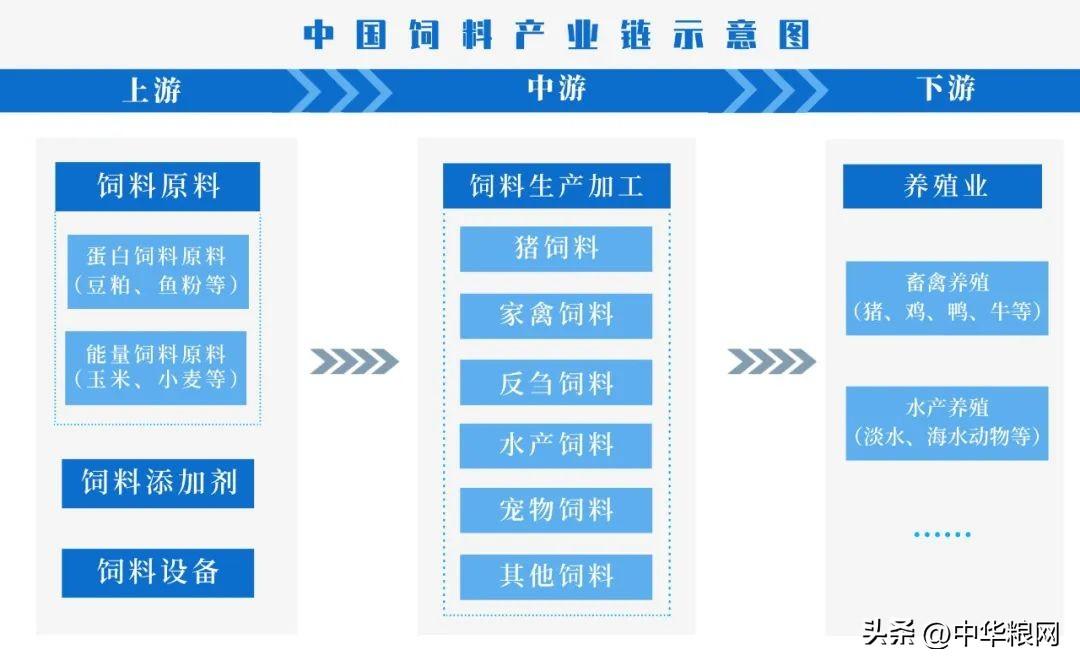China's feed production has exceeded 300 million tons for the first time! Outstanding issues with feed safety
In China, food consumption is mainly divided into four categories: rations, feed, industry, and seeds. Among them, feed, as an important breeding material for producing meat, eggs, and milk, will consume approximately 380 million tons of feed in China in 2022, accounting for approximately 48% of the total grain consumption, and will reach more than half in the future. Feed safety has become an important issue facing current food security.
In 2023, the No. 1 central document not only mentioned grain, but also made enough remarks on feed safety:
Deeply implement the action of reducing and replacing feed soybean meal.
Accelerate the construction of integrated grain and feed management.
Build a high-quality, water-saving, high-yield, and stable forage production base, and accelerate the development of alfalfa and other grass industries.
Vigorously develop silage feed and accelerate the promotion of straw livestock farming.
The national industrial feed production has exceeded 300 million tons for the first time
On February 14th, the China Feed Industry Association released the "Overview of the Development of the National Feed Industry in 2022". Overall, in 2022, the national industrial feed output value and output increased, the product structure adjustment accelerated, the operating situation of large-scale enterprises remained generally stable, and the pace of innovation and development in the feed industry accelerated.
In 2022, the total production of industrial feed in China exceeded 300 million tons for the first time, reaching 302.234 million tons, an increase of 3% compared to the previous year.

The annual production of six giants exceeds ten million tons. They are New Hope (over 28 million tons), Haida (over 20 million tons), Muyuan, Wenshi, Zhengda, and Liyuan; There are 36 feed enterprises with over one million tons in the country, 3 fewer than last year, accounting for 57.5% of the total feed production in the country.
There have been significant changes in the structure of feed formulas. In 2022, the consumption of corn by feed production enterprises nationwide increased by 30.1% compared to the previous year, while the consumption of wheat and barley decreased significantly. The consumption of sorghum increased significantly, and the consumption of processing by-products such as wheat bran, rice bran, and dry alcohol grains (DDGS) increased rapidly.
The total production of industrial feed in China in 2022 is divided by product characteristics: the production of formula feed is 280212 million tons, an increase of 3.7%; The production of concentrated feed reached 14.262 million tons, a decrease of 8.1%; The production of additive premixed feed was 6.522 million tons, a decrease of 1.6%.

By variety: The production of pig feed reached 135.975 million tons, an increase of 4%; The production of egg and poultry feed reached 32.109 million tons, a decrease of 0.6%; The production of meat and poultry feed reached 89254000 tons, an increase of 0.2%; The production of ruminant feed reached 16.168 million tons, an increase of 9.2%; The production of aquatic feed reached 25.257 million tons, an increase of 10.2%; The production of pet feed reached 1.237 million tons, an increase of 9.5%; The production of other feed was 2.233 million tons, a decrease of 7.2%.

Reaching a new high in output and revenue
The feed industry in China started in the 1970s. With the continuous development of the national economy and the continuous growth of the breeding industry, the national feed industry has rapidly risen, and the total output value and total operating income of the domestic feed industry have been continuously increasing.
In 2022, the total output value of the national feed industry was 1316.85 billion yuan, an increase of 7.6% compared to the previous year; The total operating revenue was 1261.73 billion yuan, an increase of 8%.

At present, feed production in China is mainly concentrated in the eastern region, mainly in East China, Central China, and South China, with Shandong and Guangdong being the major provinces in feed production in China.
In 2022, there were 13 provinces with a national feed production exceeding ten million tons, which was the same as the previous year. Among them, the production of Shandong Province reached 44.848 million tons, an increase of 0.2% compared to the previous year; The production of Guangdong Province reached 35.272 million tons, a decrease of 1.3%. The total output value of feed products in Shandong and Guangdong provinces continues to remain above 100 billion yuan, with 171.2 billion yuan and 151.7 billion yuan respectively.

The main contradiction in China's food security is the issue of feed grains
In the long run, the main contradiction in China's food security is the issue of feed grains, which are essentially protein feed raw materials.
Huang Qingsheng, Director of the Feed and Grass Department of the Animal Husbandry and Veterinary Bureau of the Ministry of Agriculture and Rural Affairs, predicts that by 2030, the total consumption demand for animal products by Chinese residents will reach 294 million tons, driving feed consumption to a peak of 510 million tons, while the demand for rations will further decrease.
It can be seen from this that there is a structural contradiction between the supply and demand of grain in China, "Huang Qingsheng said. This contradiction is first manifested as a high proportion of food and feed consumption, and a large gap in the production and demand of feed protein.
In China's food consumption, the proportion of feed protein is as high as 47%. The total amount of protein provided by domestic grain is about 65.08 million tons, which is difficult to meet the demand for feed protein after deducting residents' consumption. Among the nutrients consumed in China's aquaculture feed, the total amount of feed protein derived from feed grains is 47.54 million tons, with 69% currently relying on imported feed raw materials. "Huang Qingsheng said.
At the same time, the energy and protein structure of domestically produced grains are also imbalanced. The purpose of imported soybeans and native soybeans in China is not the same, "Huang Qingsheng said. The average protein content of grains produced in China is 9.5%, far lower than the 18% protein content requirement for human food and animal feed. Compared to this, the average protein content of imported grains is 25.5%, which is the main reason why China needs to import a large amount of high protein content grains such as soybeans every year.


